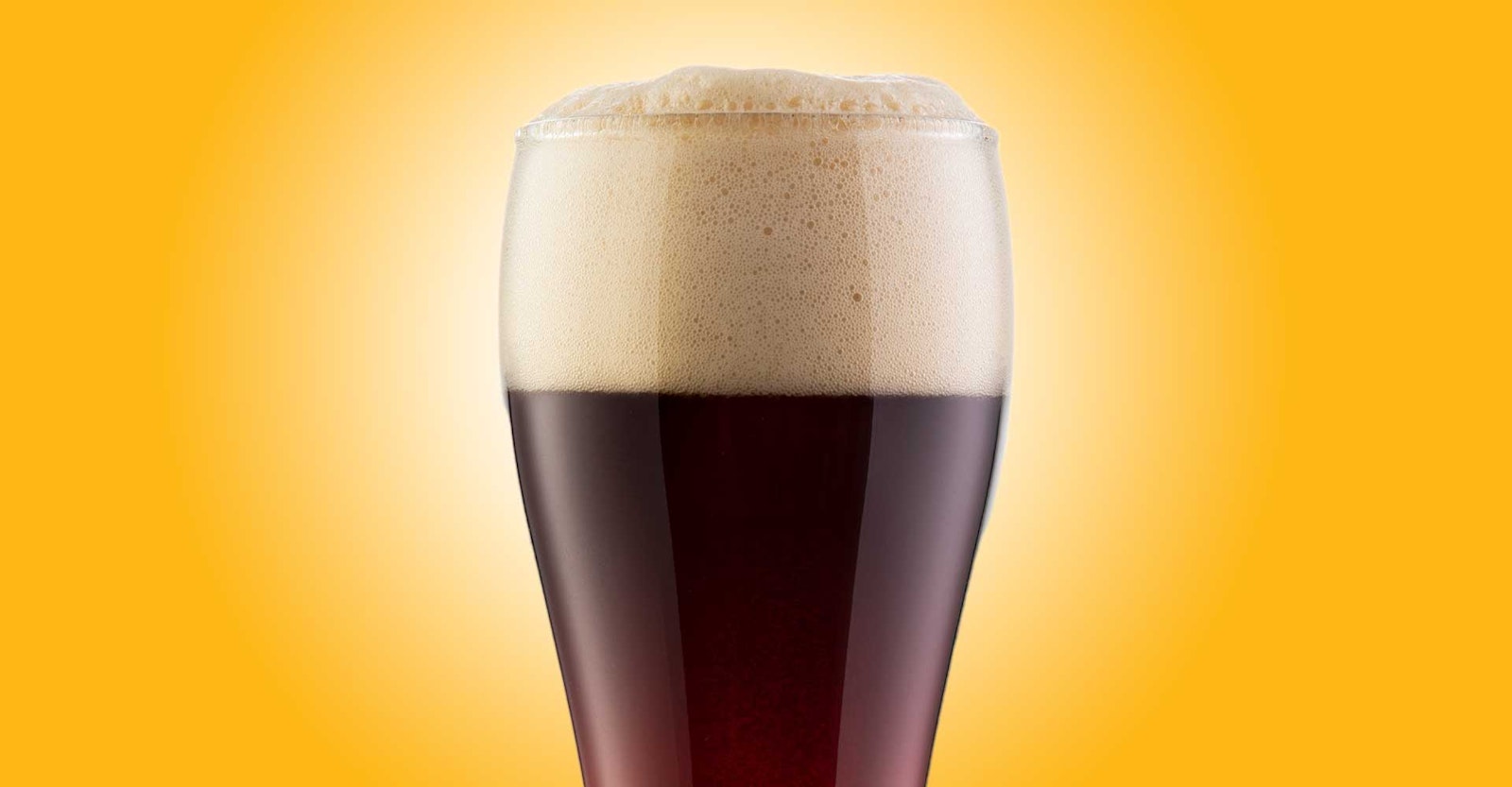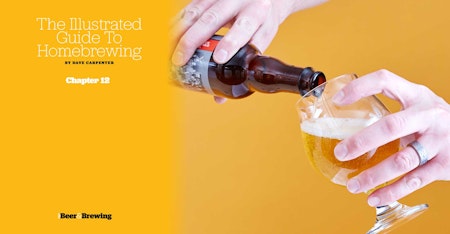I brewed my first dunkelweizen in the middle of a heat wave. The malt profile made me think of autumn, and I thought it would be a great “back-to-school” beer—I do love some delayed gratification. Then I had a party, my guests drank the fridges dry, and all I had left was the dunkelweizen—and I was blown away by how well it went down on a warm summer night. Yet its flavors work just as well in the fall or winter, pairing well with a wide range of holiday foods.
Style: Dunkelweizen (or dunkles weissbier) is simply a dark wheat beer in the German tradition. Practically speaking, it’s a hefeweizen with a richer malt flavor. The characteristic flavors of banana and clove are present, as is the tendency to allow the yeast to remain in suspension. The brewing processes are largely indistinguishable, and both styles are very easy drinking, with soft mouthfeel and high carbonation. However, dunkelweizen adds richer bread and toast flavors—though they shouldn’t make the beer seem heavy. There’s a distinct “bakery” character to it, and I find that it holds up beautifully with food pairings. And while you could spend years tinkering this beer into excellence, it’s not a difficult one for beginners to get right.
Ingredients: By tradition, German wheat beers should be at least 50 percent wheat malt, and this is no exception. But I’d caution against adding more than that—let’s avoid stuck sparges if we can. The other half of your base should be Munich. For specialty malts, I used to rely on caramel malt with a dash of Carafa; since then, I’ve moved to a simpler addition of Briess Special Roast. It contributes some welcome toasted-sourdough malt depth as well as ample color. Hops are minimal—17 or so IBUs of anything early or mid-boil works for me. If you want a touch of aroma hops later in the boil, keep it Noble and use a light hand.
Yeast selection is important here. You need that classic banana-clove fermentation profile or else it’s not a dunkelweizen. Wyeast 3068 Weihenstephan Weizen or White Labs WLP300 Hefeweizen Ale are two that get the job done with good attenuation, low flocculation, and the right ester-phenol profile—so long as you treat them right.
Process: Some will tell you to ferment this beer warm. Ignore those people. If you push your temperatures with this yeast and this beer, you’re going to overdo it. In my experience, it results in an overly sweet berry-banana ester profile, phenols that smell more like white pepper than clove, and hot alcohols that wreck the experience. I ferment both my weizens at 64°F (18°C). I’ve found that this guarantees detectable amounts of those desired esters and phenols, but with virtually no risk of something that tastes like bread dipped in cheap perfume. A typical ale fermentation—slow rise with a push at the end to clean up diacetyl—will do fine. Be sure to carbonate on the high side to get that lively mouthfeel and ample foam.








